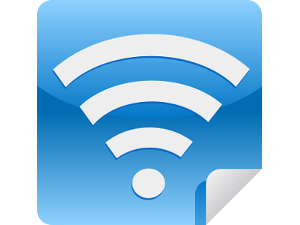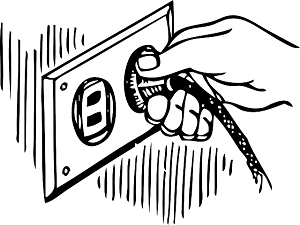8 Essential Tips for Protecting Your Data on Public Wi-Fi
Posted by aonenetworks On February 7, 2014 Cloud computing is the new standard for business, for many positive reasons. However, this tends to lead toward an increased dependence on public Wi-Fi. The number of hotspots available continues to grow, but not every hotspot can offer the protection of your office network. The default firewall settings on your notebooks, tablet, or smartphone may not be enough to keep your data safe from prying eyes. These essential tips will help keep your information and files secure.
Cloud computing is the new standard for business, for many positive reasons. However, this tends to lead toward an increased dependence on public Wi-Fi. The number of hotspots available continues to grow, but not every hotspot can offer the protection of your office network. The default firewall settings on your notebooks, tablet, or smartphone may not be enough to keep your data safe from prying eyes. These essential tips will help keep your information and files secure.
- Check your software before ever leaving the office. Make sure the all antivirus, anti-spyware and browsing software are all updated. When current, the software can monitor for suspicious activity and can be a great way to protect against most attacks. Verify that the built-in firewall is always activated.
- Turn off sharing, otherwise anyone in the vicinity of your device can hack into your data.
- Get a VPN. A virtual private network routes your traffic through a secure network. Free services are available, but a paid service guarantees the connection integrity. If you regularly connect on public networks, it may be worth the expense.
- Don’t autoconnect. Turn off the Wi-Fi connection whenever you are done using the internet. Even if you are still using the device. Maintain it off until you are ready to connect. Check the settings on your device, you may be able to disable autoconnect and request a prompt asking permission to connect.
- Use HTTPS whenever possible. It is still a better habit to avoid private transactions on a public network. Conducting banking activity or purchases that require a credit card number should be completed over a private connection, such as at home or in the office.
- Use two-factor authentication, which requires two pieces of information to log into an account. The first would be your password, the second may be a code sent to your cell phone. If someone is able to get your password due to a hole in public Wi-Fi, they still cannot access your account. Check with your service or email provider to see if this is an option.
- Confirm network name. Treat all connections with suspicion. Hackers will setup fake connections with names that appear legitimate. Ask someone who works there to confirm the network name. If there is no one around, you may want to move to a different location where you can be sure the connection is legitimate. When given the choice, always select to join the password-protected connection.
- Protect passwords. Use unique passwords for different account. This can help if one of the accounts is compromised. It can also be tricky to keep track of multiple secure passwords. Services are available to store your information either encrypted on your computer or on the cloud.





